stories for learning by exploring
sources and methods like business artifacts, business practices or memes,
personal tips, workarounds, how-to’s, self-help solutions and even people’s
backgrounds. Systematically collected stories can become a reference library for elearning programs.
____________________________________________________________________________
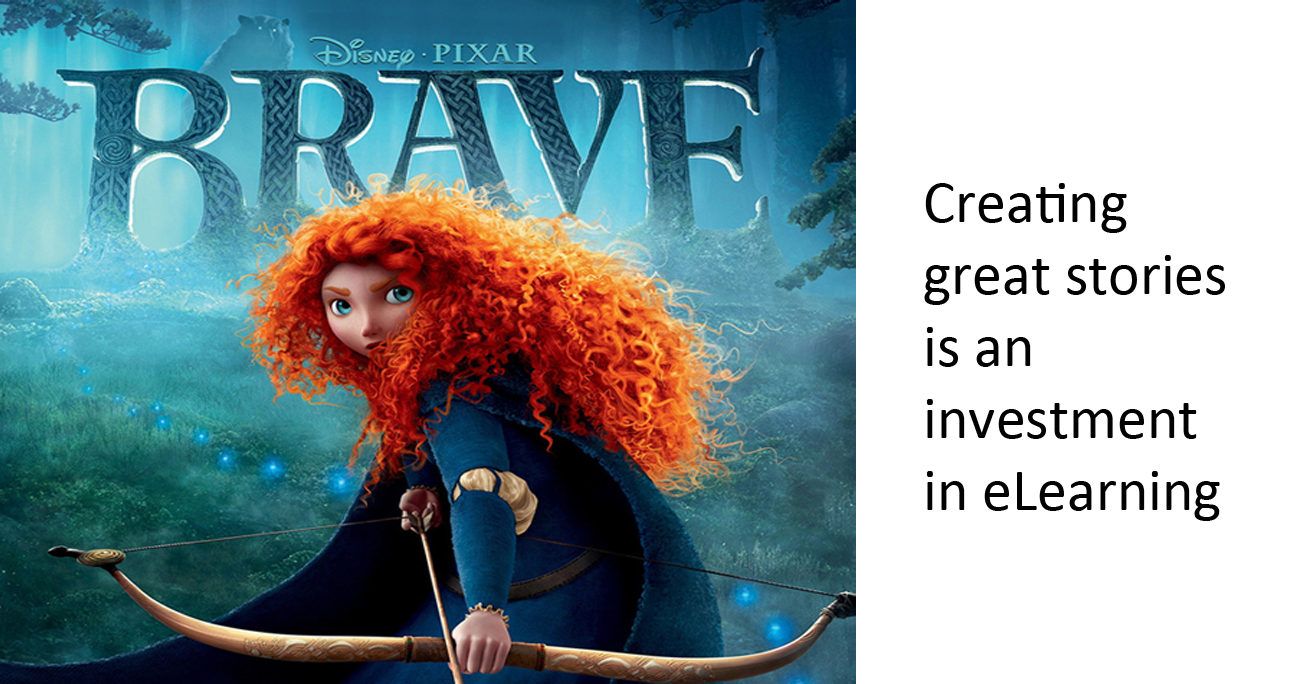
Disney
and Pixar recently released the movie “Brave.” What a great title. That
alone, immediately reminded the audience of the travails, fears, hopes,
joys, challenges and adventures of heroic people. With “Brave” as the
title, it becomes an instant recall for stories. It is pure genius. Of
course this is Pixar. On the other hand, eLearning designers, as many
may say, “don’t have the creative juices” to craft powerful titles and
stories. However, we are more optimistic. I think deep in the hearts of
learning designers is the ability to create stories that compel
learners.
Creating great stories for eLearning is an investment that raises the engagement or compelling levels of your programs. This helps the learner to learn better and faster.
There are varied sources and forms of stories. Oftentimes, it is easier to find and tell a story, when one knows the questions to ask and what to search with a set of frameworks or storymaps. In this article, our objective is to learn how to find great stories that fit the nature of the content you want to stress.
SRIA eLearning Design Model – straight to the gut
In the eBook and in our workshops, we introduced the SRIA (Set up, Relate, Interpret and Apply) Story-based eLearning Design approach. SRIA is a microcosm or nucleus of converting a small content into a story format. In Set up, we transform learning objectives into observable real behaviors, events and consequences, either positive or negative. At the Relate phase, the learner is invited into the story. During the Interpret step, we ask the learner to analyze or assess the story. Finally getting to the Apply approach, the learner is encouraged to try it out or test the story idea in real-life situations. SRIA is our “straight to the gut” approach. It is a “cut to the chase” method of applying stories in eLearning. See examples of the SRIA approach – Burglary Watch and The Secret.
Different Methods of Finding Great Stories
Business artifacts – “What’s behind the numbers?”
Try looking at your customer complaint logs or your accident reports or scrap waste level or rate of returns. These are artifacts in every organization that provide very rich sources of stories from its data vault. The artifacts reflect some incidents or real-life situations that become part of the data and numbers.
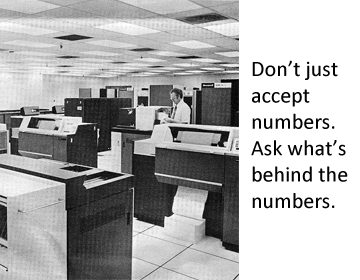
These include:
- Logs
- Reports
- Customer complaints
- Exception reports
- Conversion ratios
- Data in sales, marketing, production, logistics, safety
- Financial records
- Compliance directives, infractions,
- Performance records
- Efficiency and productivity reports
- Other specifics of your business
I recall a former professor of mine, who taught finance. He said,
“All numbers reflect what reality is out there. Don’t just accept numbers. Ask what’s behind the numbers.”
Examples of stories from artifacts
“Howard Shultz of Starbucks saved millions of dollars by simply adding a controlled measurement marker in the pitcher serving soy milk. Previously, employees would throw away soy milk costing millions.”
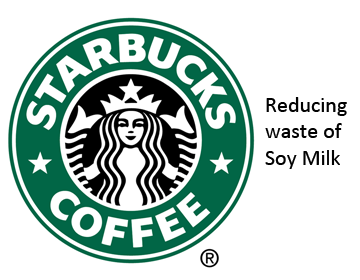
“Some graduate degree students sued FedEx for failing to deliver their applications to grant institutions. FedEx promised the next day. But the package arrived two days after causing rejections of the applications for the grant.”

I was observing a call center order taker for a large online retailer and the chat
transcription went this way. “Do you deliver in Stockholm? I need the
stroller immediately since I am traveling.” – customer from Stockholm.
“Yes, do you want the FedEx next-day option? It would be $72.00 more.” –
call center person in Dallas, Texas.
Business practices – “What we are about”
Most organizations espouse principles, visions and practices to help them accomplish their goals and strategies. Practices send powerful messages about the culture and norms in the organization. Best practices are usually what we refer to when pointing learners towards success. However, bad practices are also vivid illustrations on “what not to do.”
Business practices are usually expressed in terms of:
- Statement of vision
- History of the organization
- Previous, present and future comparisons
- Turnaround stories
- Conquests
Practices become “memes“. Memes are hard-coded practices that are expressed as unquestionable norms, cultures and practices. They either work for or against the organization. Memes either promote or discourage changes you want to happen. In the blog “Battle of Stories“, we express that trainers and designers need to factor “memes” into their design.
Learning your corporate “memes” helps you leverage it’s energy and emotional power to enhance your learning design.
Examples of memes – practices
Undesirable: “Our customers tend to take advantage of our goodwill. So here in our company, we support customers sparingly.”
Favorable: “Customers are always right. Even when they are wrong, they are right.”
See more on slogans, memes, impact stories, surveys, etc.(Click here)
In organizational context, stories are often shared in the following forms:
- Cautionary tales
- Genesis stories
- Leadership stories
- Stories of failure
- Founder myths
- Heroic stories
- Stories of hope
- Fearful stories
- Stories of transformation
- Visionary stories
- War stories
(Source: Dave Straker)
Personal tips, workarounds, short cuts, how to’s, and self-help solutions
John Seely Brown, Xerox PARC scientist and author of “Social Life of Information” recounts this story. To paraphrase:
“Our team of engineers had a serious problem with one of our copying machines. We had spent weeks to study how to fix the problem. It continued to jam. Four engineers could not solve the problem. Finally, we went to see a mail room operator who used the same machine. We asked how he kept on using the machine without being bogged down. To our surprise, the operator explained that the paper’s weight and humidity caused some serious jam. So to avoid the problem, he allow paper to aerate and dry. This avoided the jam.”
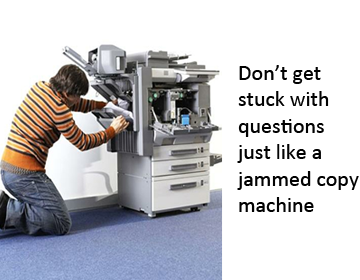
Another example – I had a conversation with the champion project leader of a large assessment company. They were converting their paper and pencil assessments into a software-based method using the iPad. This was a first-of-its kind in the world. The conversation went this way:
“We provided an assistance-type of a help guide to help users learn how to use the software and the iPad. But we were amazed to discover that users started using their workarounds to use the assessments and iPad in ways that they found useful and beneficial. Our software developers wondered what was going on here. Why were users not following the help guide provided to them?”
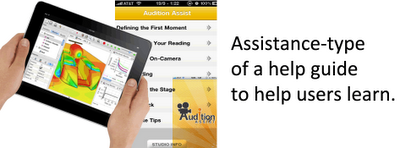
One of my clients, the largest drip irrigation system manufacturer in the world uses this illustration:
“Our drippers (tubes for underground drip irrigation) are so thin they easily break when punctured during installation, by coyotes and even birds. The drippers are very strong, but very thin. So we use the trash bag illustration – thin, yet durable. It was easier to understand.”
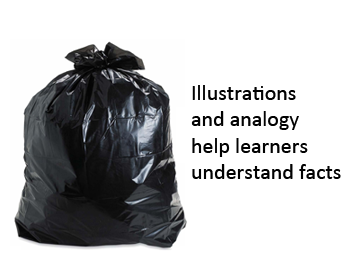
Sources of stories from people’s background
Heather J. Richmond of St. Thomas University wrote a paper “Learners’ Lives: A Narrative Analysis”. Her study included a series of interviews with adults for the purpose of helping improve literacy through connecting stories.
Richmond developed a
Schematic Organization of the Storymap (Figure 1) below. Her intention
is to use the storymap to understand people’s sources of stories.

(Click here for enlarged view)
When we look at Richmond’s storymap, one invariably asks the question, “Can you share with me something about your background? The question encourages the person being interviewed to narrate an experience and share a related story. The storymap helps to provide us with a framework to understand where stories could come from.
Collecting stories through a library system
In working with clients and non-profit organizations, we frequently suggest that they systematically collect stories. One large company developed a story posting and sharing web-based application to enable subject matter experts (SMEs), leaders, managers and team members to submit stories for different categories.
The client company found the system very productive. It became a source for immediate access to stories they can refer to, when writing eLearning programs.
An example of this system is Stories2Learn.com – click here.
Summary
We all love a well crafted and totally compelling story. Everyday, stories swirl around us from the radio, tv, subway, bus station, our neighbor, friend or even our co-worker. Creating great stories for eLearning is an excellent method for quality learning. Stories help learners to easily grasp learning by taking them through a series of events toward discovery points. These maximize learners’ participation and interaction and eventual application to real-life situations.
Related links
Which is More Compelling to the Learners: Facts or Stories?
“Concrete and Vivid Stories Exert Extraordinary Influence”
Making Facts Stick With Stories – Jiggling Atoms
How to Embed Learning Goals in Stories
Instant Learning: How it works and how to make it happen?

